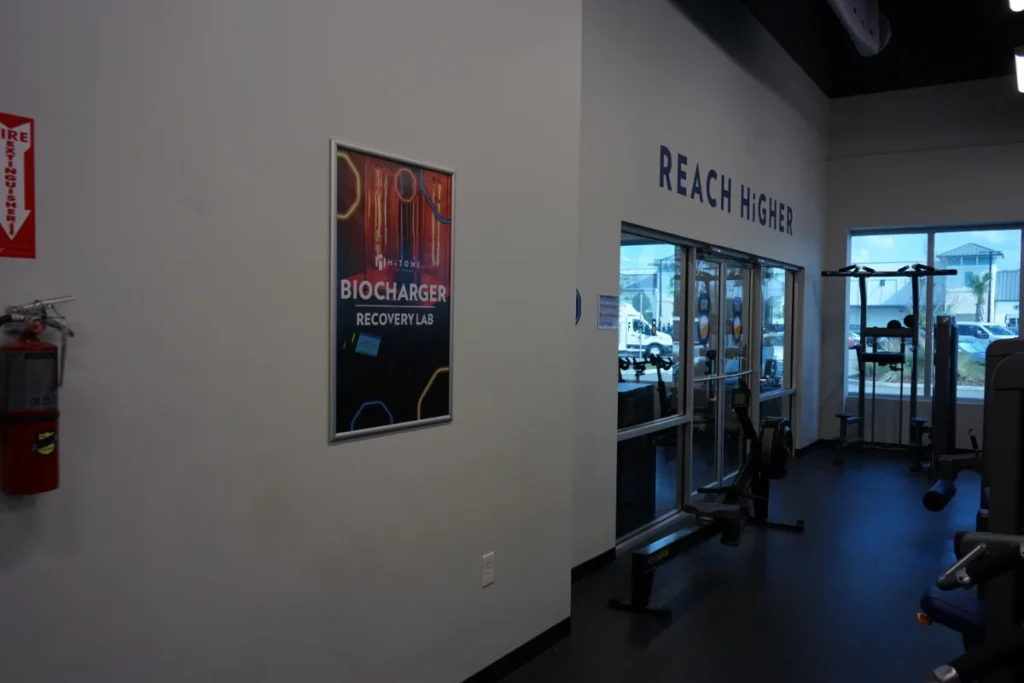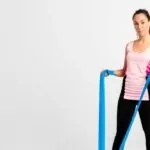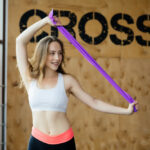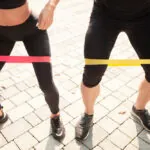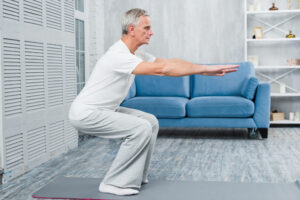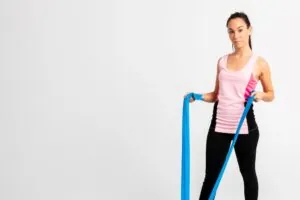Yoga blocks are versatile tools that can enhance your yoga practice by providing support, stability, and alignment. These lightweight yet sturdy accessories help both beginners and experienced yogis to modify poses, deepen stretches, and improve balance. Understanding how to use yoga blocks effectively can make challenging poses more accessible and comfortable. Here’s a comprehensive guide on how to use yoga blocks effectively in your practice.
Benefits of using yoga blocks
- Improved alignment: Blocks help maintain proper alignment in poses, which is crucial for safely executing various asanas and preventing injuries.
- Increased accessibility: They make poses more accessible by reducing the distance you need to stretch, which is particularly helpful for beginners or those with limited flexibility.
- Enhanced depth: Blocks can help deepen your stretch by raising the ground up to meet your hands or supporting other parts of the body, allowing for a deeper release in the muscles and connective tissues.
- Added support: They provide support and stability in balancing poses or poses where one part of the body needs to be elevated or supported to maintain balance or alignment.
Examples of how to use yoga blocks
- For support in seated poses: In a seated forward bend (Paschimottanasana), placing a block under each knee can alleviate tension in the hamstrings and lower back, making the pose more comfortable and allowing for a deeper forward fold.
- For stability in standing poses: In poses like Triangle Pose (Trikonasana), placing a block on the inside or outside of the front foot can help stabilize and support your hand, allowing you to open your chest and align your shoulders more effectively.
- For deepening stretches: In Pigeon Pose (Eka Pada Rajakapotasana), placing a block under the hip of your bent leg can provide support, enhance alignment, and allow for a deeper stretch in the hips and lower back.
- For added height: In poses like Half Moon Pose (Ardha Chandrasana), using a block under your lower hand can provide the necessary height to balance comfortably while keeping your body fully aligned.
- For back support: In restorative poses like Supported Bridge Pose, placing a block under the lower back or sacrum can offer comfortable support that allows the back muscles to relax fully.
Tips for choosing and using yoga blocks
Material and size
- Yoga blocks are commonly made from foam, cork, or wood. Foam blocks are lightweight and softer, ideal for restorative practices, while cork and wood blocks offer more firmness and stability for active practices.
- Blocks come in various sizes. Standard dimensions are generally about 9” x 6” x 4”. Choose a size that suits your body dimensions and personal comfort.
Placement and adjustment
Always position blocks in a way that feels stable and supportive. During practice, don’t hesitate to adjust the block’s placement or orientation to better suit your needs.
Integration into practice
Introduce blocks gradually into your practice. Start with poses where you feel a need for extra support or stability and then experiment with using them in new ways as you become more comfortable.
If you want to try yoga classes in Irmo, make sure to visit HiTone Fitness. Our professional instructors will make your journey as smooth as possible.
Final thoughts
Yoga blocks are invaluable tools that can transform your practice by providing support, increasing reach, improving balance, and promoting proper alignment. Whether you’re a beginner looking to ease into poses or an advanced yogi aiming to explore deeper stretches, yoga blocks can provide the physical support necessary to enhance your practice safely and effectively. Now that you know how to use a yoga block, let’s learn how to keep your yoga mat clean.

